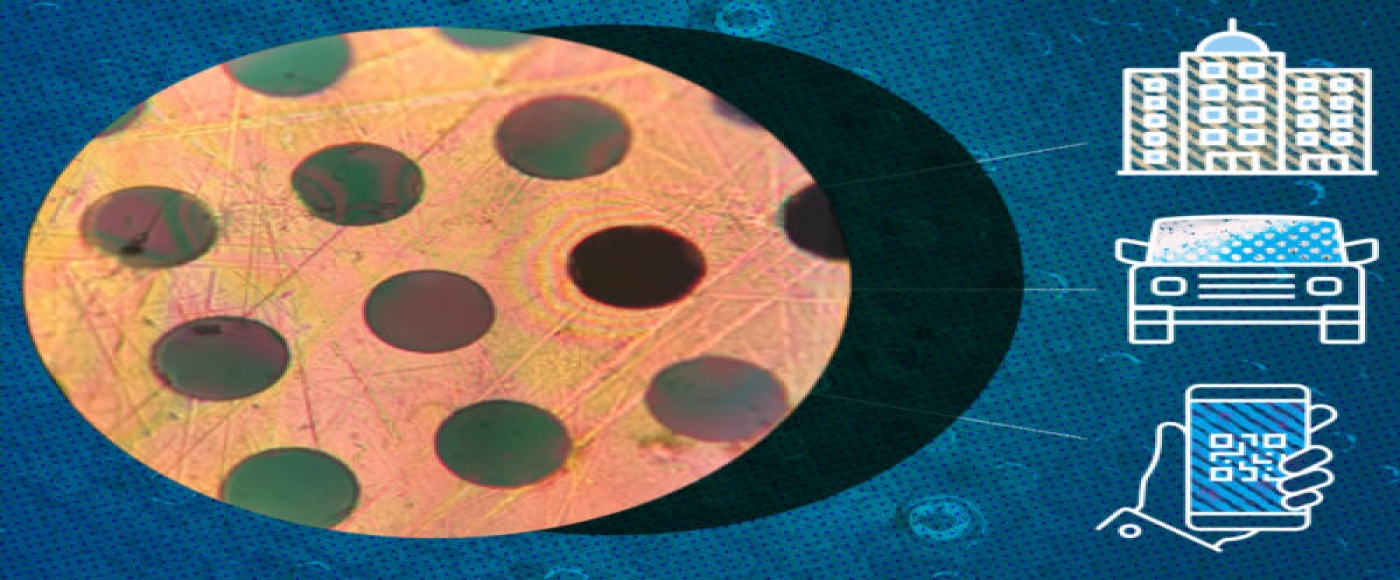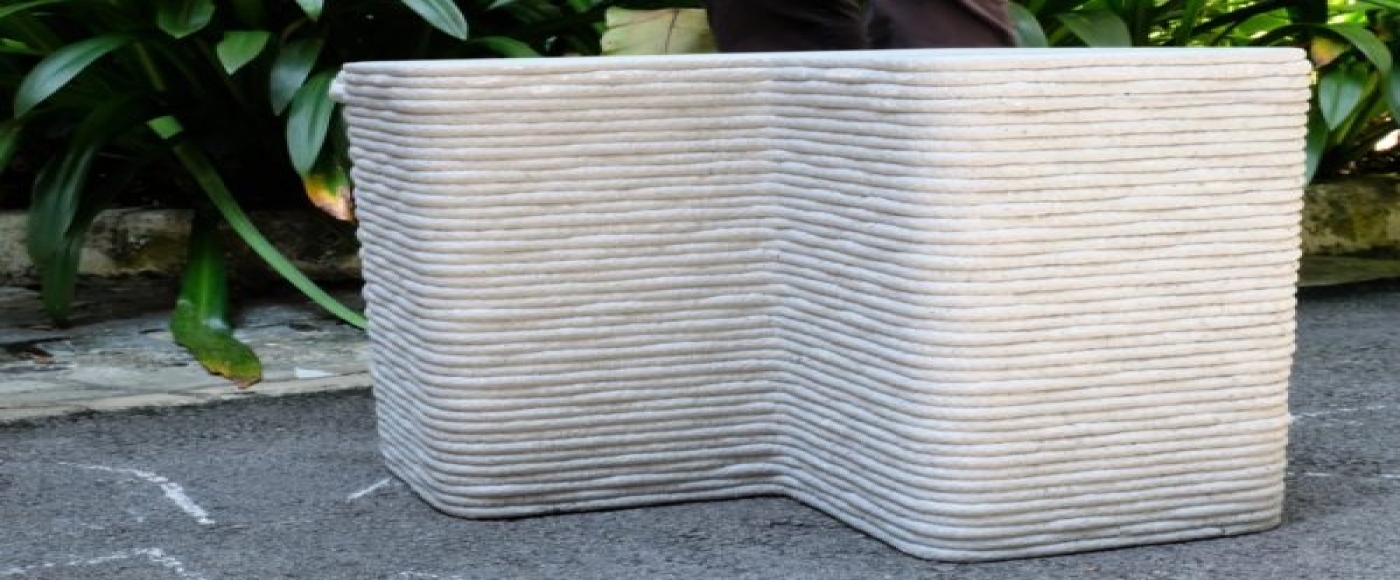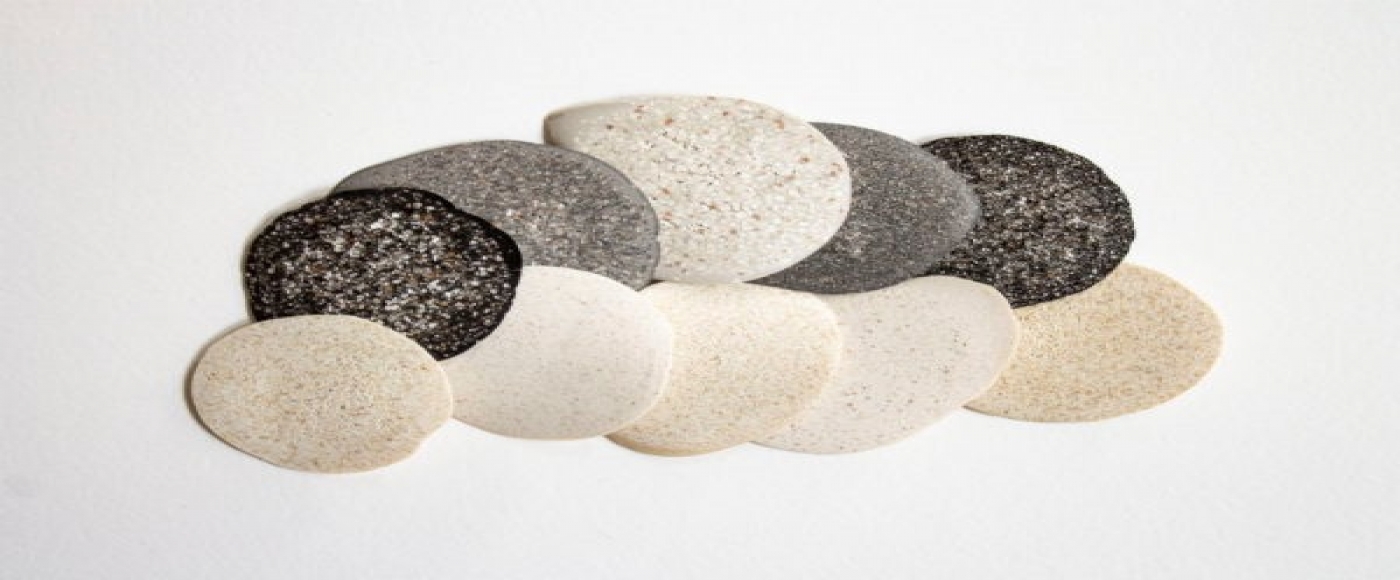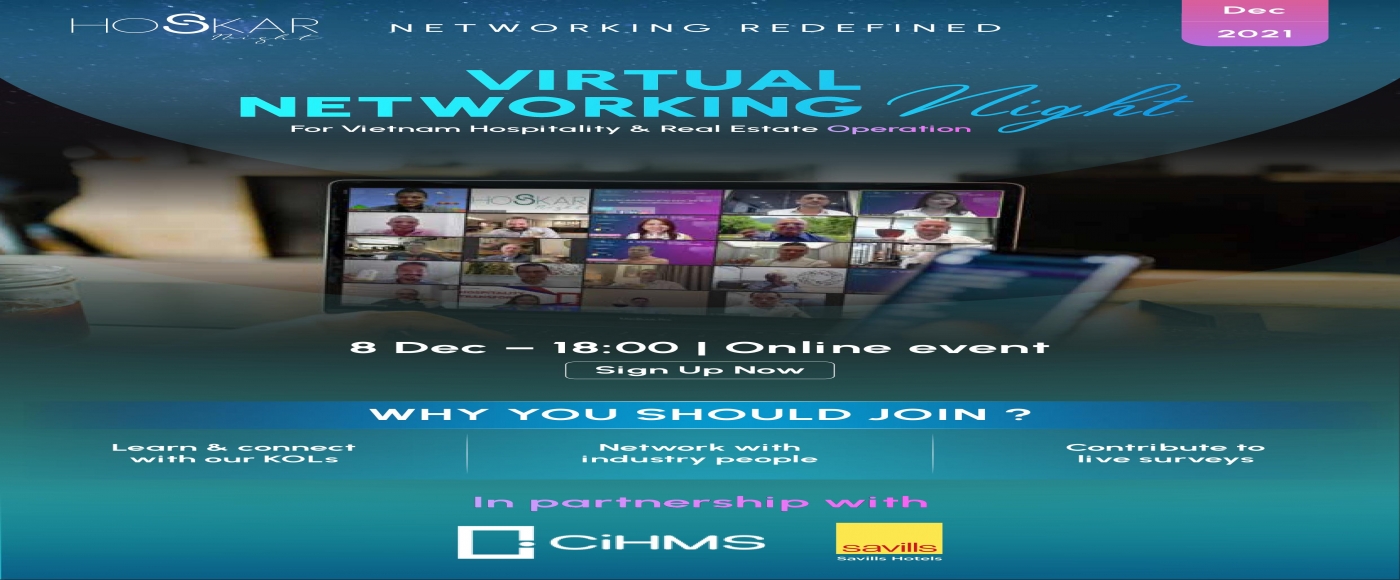Solar energy
Solar energy could be the resource that human have used for long time, it is the most primitive state that put in use as long as man walked on the Earth.
In 3rd century B.C., Greeks and Romans bounced sunlight off of “burning mirrors” to light sacred torches for religious ceremonies.
.jpg)
(source: Internet)
History of inventing solar cell
.jpg) In 1839, a 19-year-old French physicist, A.E. Becquerel, whose focus up to that point had been related to phosphorescence and luminescence, discovered the photovoltaic effect. He found that when gold or platinum plates were submerged in a solution, then exposed to uneven solar radiation, an electrical current was generated. This discovery was seized upon by scientists across the globe.
In 1839, a 19-year-old French physicist, A.E. Becquerel, whose focus up to that point had been related to phosphorescence and luminescence, discovered the photovoltaic effect. He found that when gold or platinum plates were submerged in a solution, then exposed to uneven solar radiation, an electrical current was generated. This discovery was seized upon by scientists across the globe.
After that, there were more and more scientists focused on this phenomenon, and tried to find out the principle as well as materials that could create photovoltaic effect such as: William Grylls Adams and Richard Evans Day, Charles Fritz, Willoughby Smith, …
In 1905, Albert Einstein explain the underlying mechanism of photovoltaic is photoelectronic effect, which became a foundation for other scientists to understand clearly and use it.
Alexandre-Edmond Becquerel
(March 24, 1820 - May 11, 1891)
The history of solar energy could be consummerized on this link: https://www1.eere.energy.gov/solar/pdfs/solar_timeline.pdf
How does the solar cell work?
Solar cell or photovoltaic (PV) work based on the phenomenon when sunlight – usually include photon, which made excitation to the cell surface.
.jpg)
(source: scienceabc.com)
(link of video: https://www.youtube.com/watch?v=xKxrkht7CpY)
The surface of the panel usually made from silicon alloys, which is electrically neutral. To be more specific, silicon could play a role as N-type or P-type.
In N-type, extra electron in silicon were balanced extra proton in phosphorous.
In P-type, missing electron (holes) in silicon were balanced by missing proton in Boron.
When the arrangement happening, at the junction between material form a barrier, it means that we have a voltage at the junction that separate two sides of material.
.png)
(source: cranfinia.com)
The performance of solar panel depends on sunlight intensity, weather condition, … Most of current solar panel nowadays could approximately 15% of sunlight into electricity.
.jpg)
(source: Internet)
Furthermore, an PV when installed properly could last more than 30 years without any degradation.
Tendency of Solar energy development and the future of solar cells.
In 1954, three scientists Daryl Chapin, Calvin Fuller, and Gerald Pearson, created a more practical solar cell using silicon. This is the milestone for the solar technology because silicon is widely available as natural resource and more sensitive with light rays than other elements.
In 1964, NASA launched the Nimbus satellite, which ran entirely on its 470-watt photovoltaic solar panel array.

(Source: Internet)
In 2006, Solar investment tax credit (ITC) was enacted, which promoted 52% solar growth in USA annually.

(source: Internet)
Nowadays, with the development of Nano technology, scientists are trying to raise the productivity of solar panel up to 20%. For example, Ohio State University researchers created a solar battery that is both 20% more efficient and 25% less expensive than those on the market today.
When the fossil fuels be exhausted, mankind need to find another alternative resource and solar could be the prominent selection.
.jpg)
(source: Internet)
According to the ScienceDaily, the researchers presented their results about Converting solar energy to hydrogen fuel, with help from photosynthesis at the American Chemical Society (ACS) Fall 2020 Virtual Meeting & Expo. This could be open the new era for renewable resources.
Others:

AN ‘IMPOSSIBLE’ 2D MATERIAL STRONGER THAN STEEL

REPLACING SAND WITH GLASS WASTE IN CONCRETE 3D PRINTING

CERAMICS MADE OF EGGSHELLS
Vietnam’s Hospitality Real Estate – Time to rebuild

HoSkar Night - Networking Redefined



